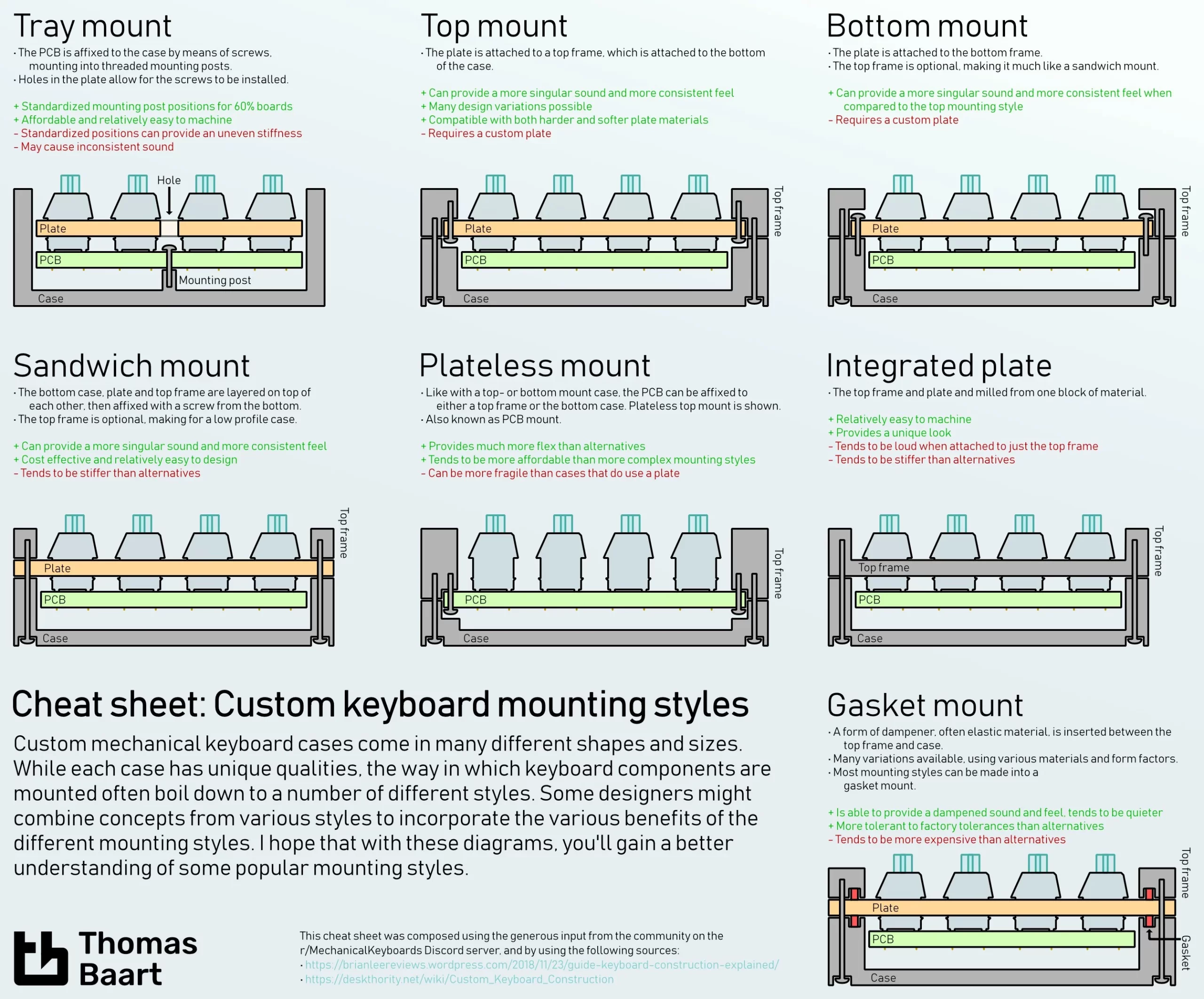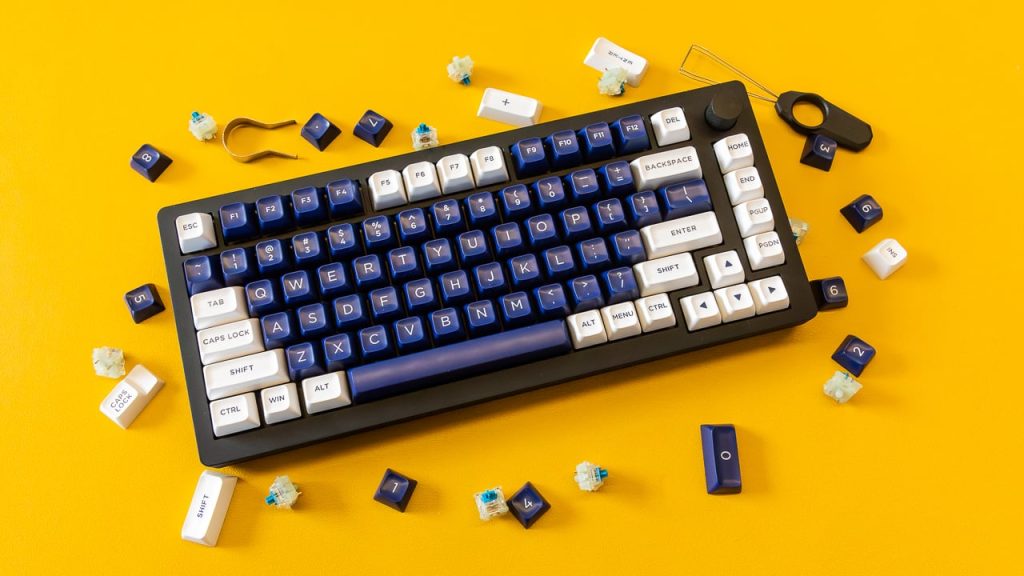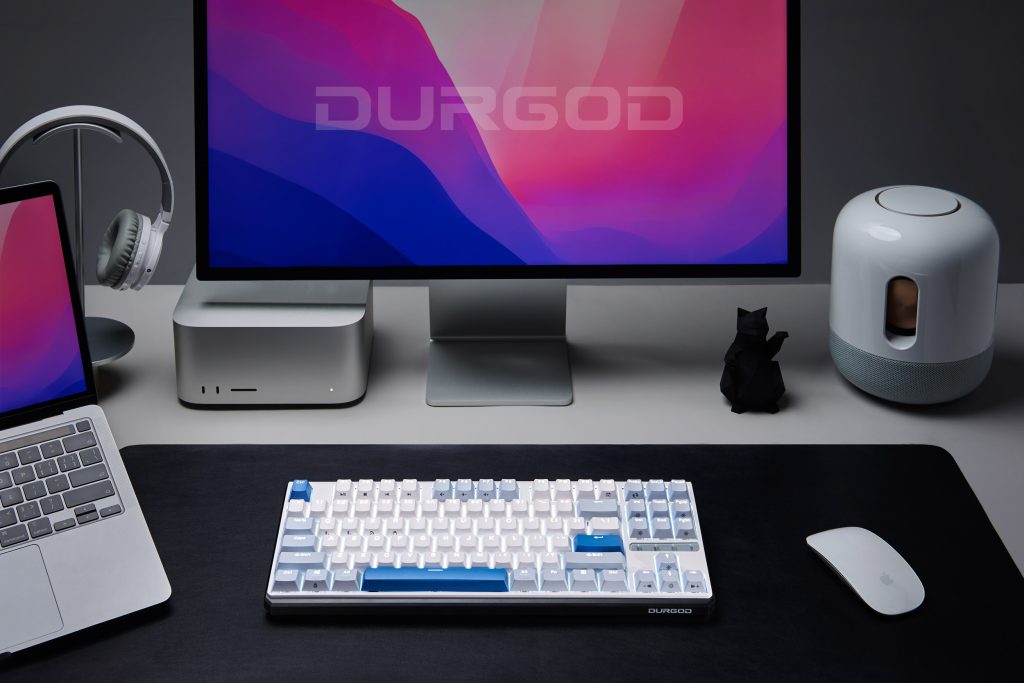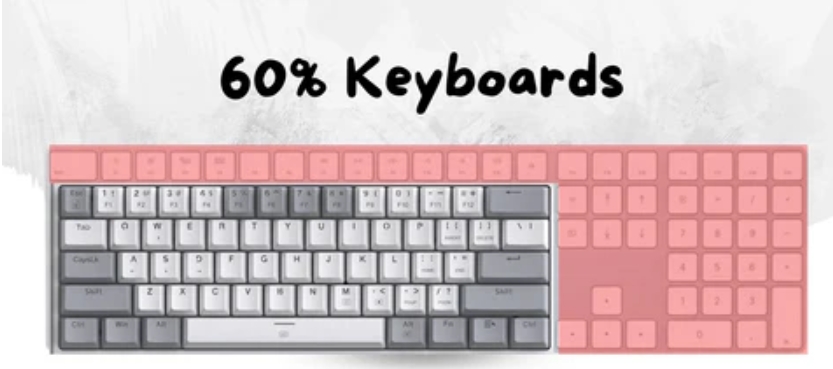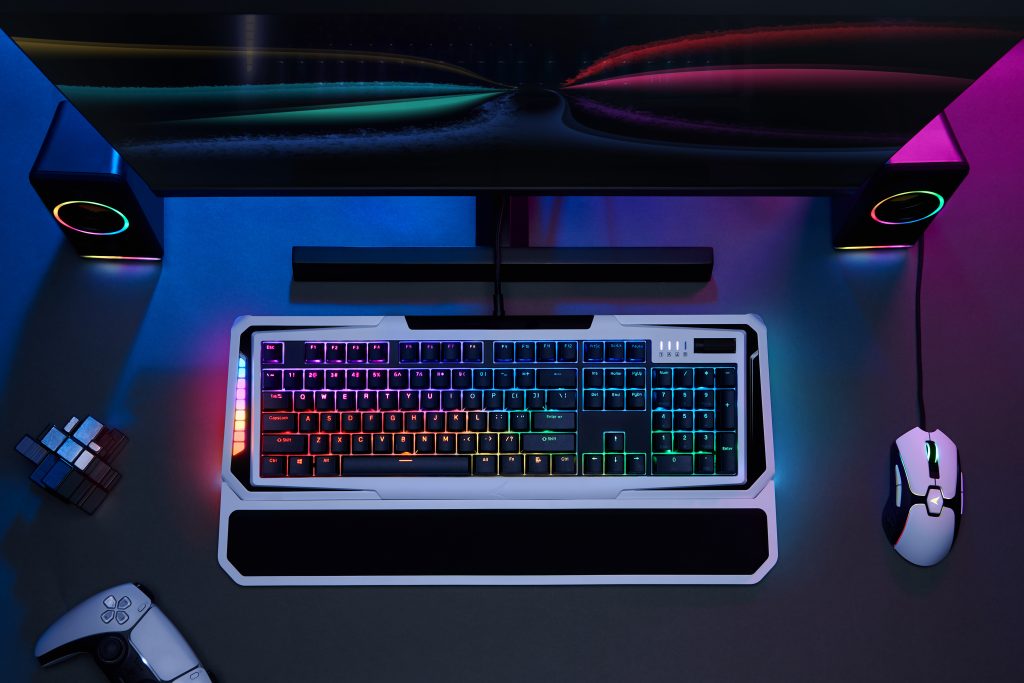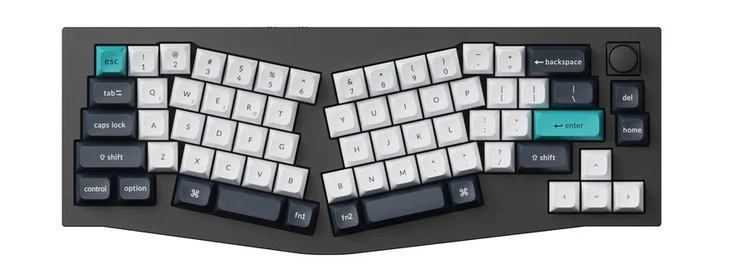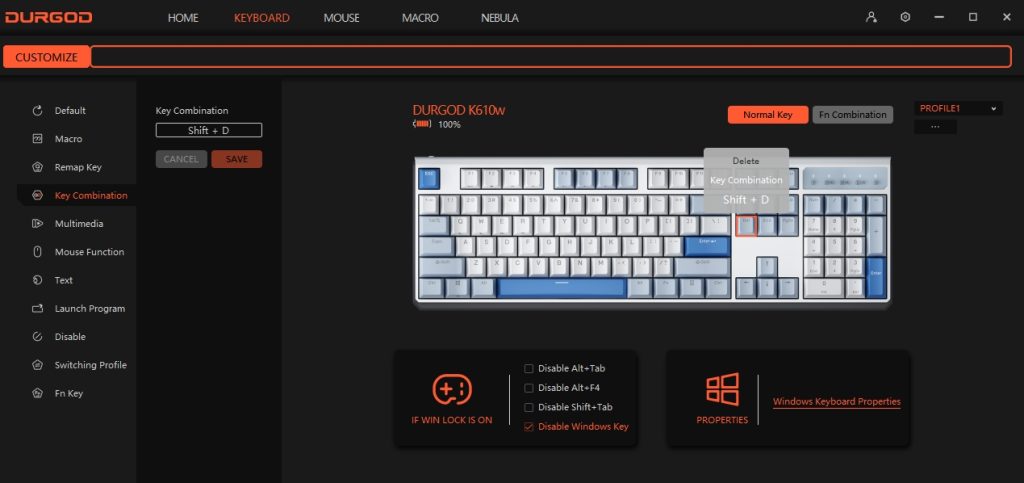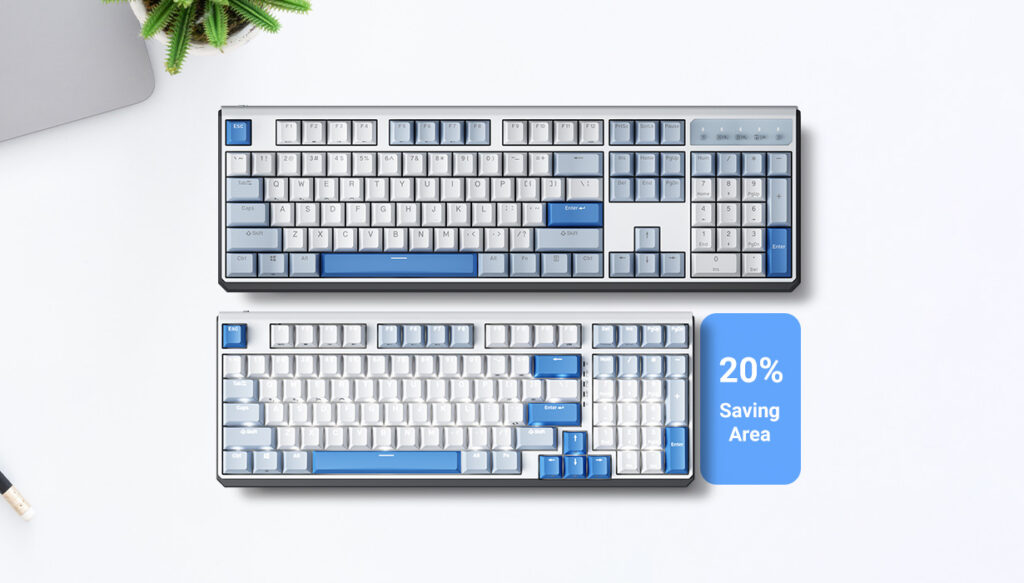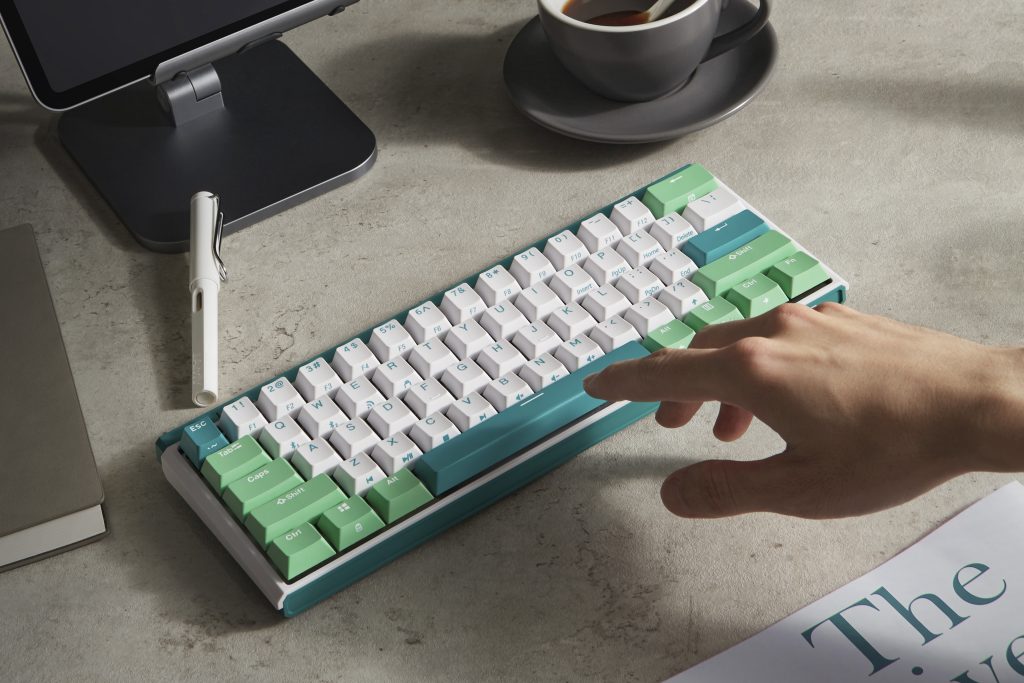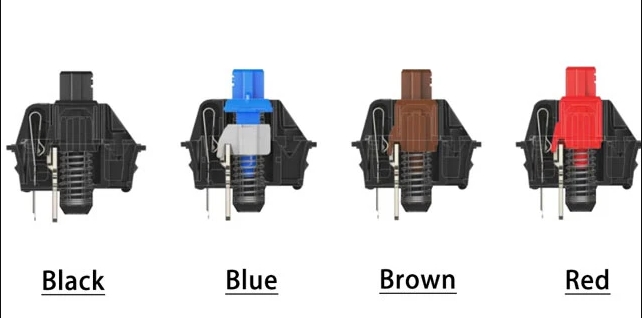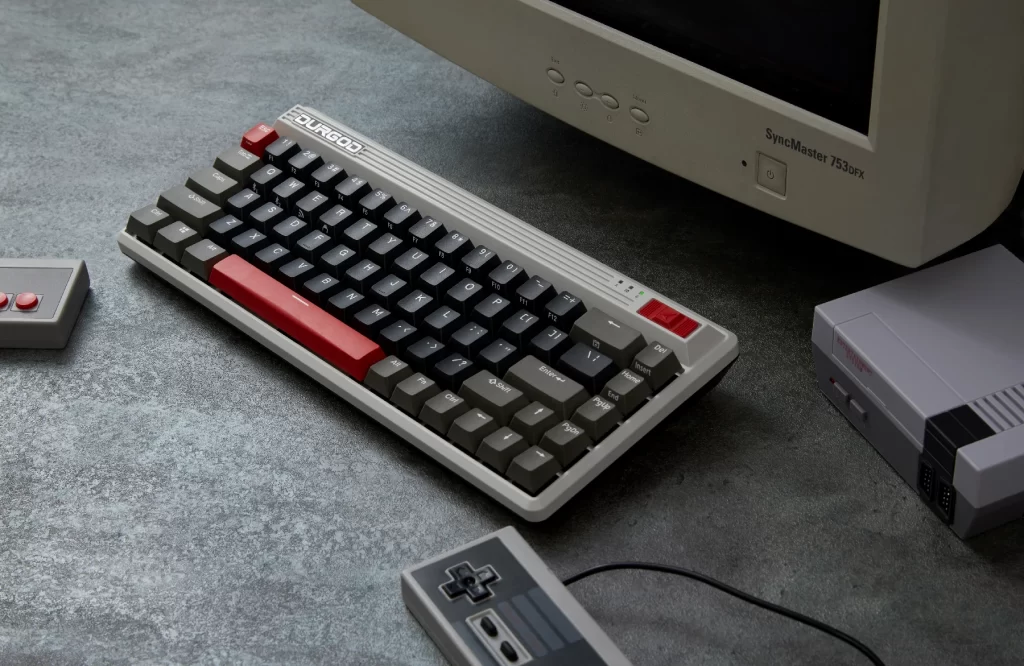When diving into the world of mechanical keyboards, understanding the various build styles and construction methods is crucial. Terms like “hull structure,” “top structure,” “no steel structure,” and “gasket structure” reflect the diversity in design approaches, each offering unique benefits in aesthetics, build quality, and typing experience. Let’s explore different structures of mechanical keyboard in detail, emphasizing their distinct characteristics.
Hull Structure: The Solid Foundation
The hull structure represents keyboards with a single, solid body encasing the internal components. Typically crafted from materials like aluminum or plastic, these keyboards are lauded for their:
- Durability: High rigidity and resistance to wear.
- Aesthetics: Sleek, unibody appearance.
- Weight: Greater mass for enhanced desk stability.
- Typing Experience: A firmer keystroke with more resonance.
Top Structure: The Customizer’s Choice
Keyboards featuring a top structure have a separable top plate, offering:
- Ease of Assembly: Simplifies access to internal components.
- Customization Potential: Facilitates modifications and part swaps.
- Varied Typing Feel: The material and thickness of the top plate can alter typing dynamics.
No Steel Structure: The Flex Innovator
Opting out of a metal plate for switch mounting, this design favors:
- Increased Flexibility: A softer typing sensation due to less rigidity.
- Quieter Sound Profile: Typically generates a softer, more muted keystroke sound.
- Lighter Build: The absence of metal contributes to a decrease in overall weight.
Gasket Structure: The Premium Comfort
Employing soft materials for mounting, gasket-structured keyboards focus on:
- Enhanced Typing Comfort: Offers a more cushioned feel under the fingers.
- Acoustic Dampening: Reduces noise, creating a quieter typing environment.
- Vibration Absorption: Minimizes desk shock, enhancing the user experience.
Each structure caters to different preferences within the mechanical keyboard community. The hull and top structures prioritize the external build and ease of modification. In contrast, the no steel and gasket structures refine the typing feel and sound, often featured in high-end custom keyboards.
Understanding these mechanical keyboard designs allows enthusiasts and newcomers alike to make informed decisions, tailoring their typing experience to match their specific needs and preferences. Whether seeking durability, customization potential, a unique typing sensation, or premium acoustics, there’s a mechanical keyboard structure designed to meet those demands.
For more knowledge of mechanical keyboards, visit DURGOD.



